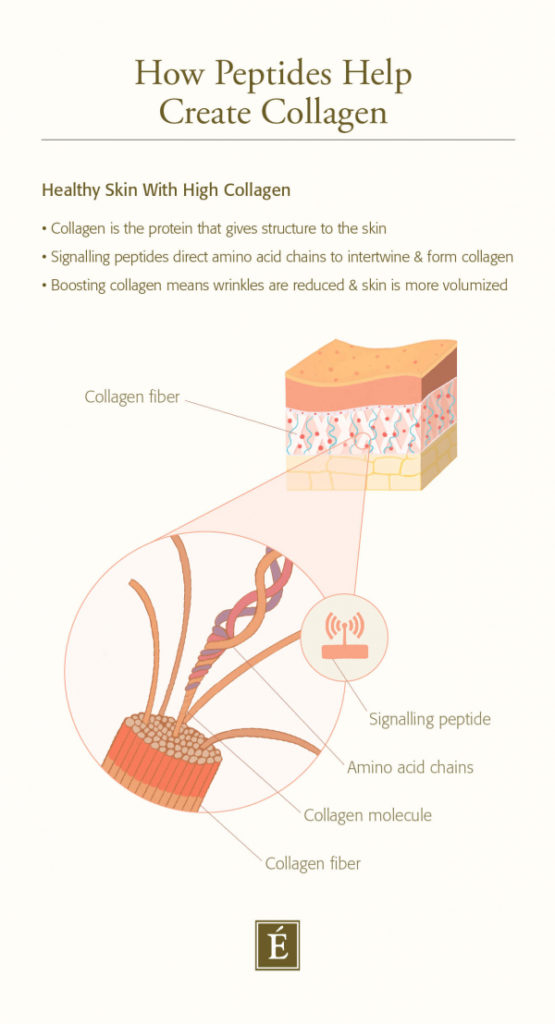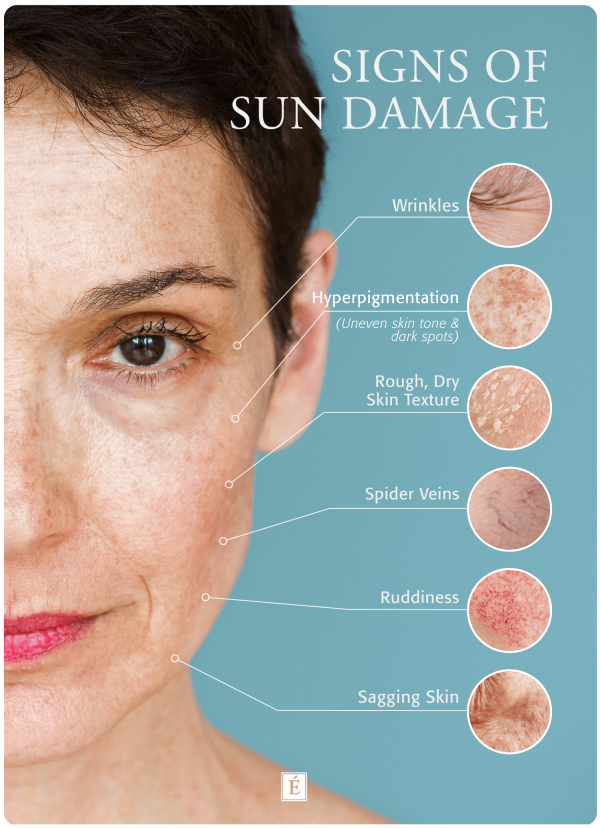Why You Have Skin Problems When The Weather Changes
Did you know that you have to change your skin routine between the seasons? The change of seasons is one of the most beautiful times of the year. However, moving from one season to the next brings environmental and weather changes that are likely to have devastating effects on your skin. Let's find out how the skin reacts differently depending on the changes with the season and which skin care products are most effective at protecting your skin.
How do seasonal changes affect the skin?
If you find that your skin is drier and more irritated than normal, or has lost its shine, it may be due to the arrival of a new season. Depending on where you live, the seasonal weather changes can be dramatic or mild. Regardless of the severity, you will likely find that your skin has different needs in the cooler months than in the warmer seasons. The effect that seasonal changes have on our skin is most pronounced when summer turns into autumn and again when winter turns into spring. However, this can happen anytime the weather and humidity change noticeably, and more often if you live in a place with four different seasons of the year.
The skin values consistency. Think of a time when you discovered a skin care product that you really loved. While you may have enjoyed this product after using it for the first time, you may not have seen the full effects for a while. Your skin needs time to adapt to both the products and the environment. In midsummer, your skin is more used to sun, heat and moisture than in early spring. Similarly, in September, your skin will still adapt to seasonal changes, while in February you probably got used to a winter skin care regimen.
What are some common skin changes?
Whether you love or hate the cold in the air, there are some challenges you probably need to address in order to keep your skin healthy. Summer is drawing to a close and for the first time in several months your skin can cope with falling temperatures, cool wind, rain and snow. The brisk autumn weather is accompanied by a drop in humidity, and your skin responds by becoming tight, dry, dehydrated, or even flaky and irritated. Even if your skin feels drier than normal, it is unlikely that your actual skin type will change. Any skin, including oily and combination skin, can experience dehydration and irritation from cold weather.
When winter comes, the dry skin problems you've noticed can be compounded by even cooler temperatures and more extreme weather. This can be made worse by changes in your lifestyle. Many of us turn to artificial heat sources or a steamy shower or bath in our homes to escape the cold. Both central heating and hot water can further rid the skin of its natural oils, and you may find that your skin becomes dry, cracked, and flaky.
As we welcome back spring and summer, you can face a different set of skin problems caused by warmer weather. The humidity increases as the sun rises and the heat hits. You may notice spikes in oil production, acne breakouts, and sun damage from too much tanning!
Seasonal skin care tips
You may be thinking about changing your routine to keep your skin healthy. To get you started, check out this In The Mix video to see how Eminence Organics runs skin care trainers Natalie Pergar suggests changing your skincare routine seasonally.
(embed) https://www.youtube.com/watch?v=t4PTbMXkwgY (/ embed)
Read on for our top tips and recommendations for customizing your skin care products accordingly.
Moving into spring
Spring brings a number of unique skin problems with it. If everything is in bloom, allergies can occur to protect your body against pollen, resulting in itchy skin, a runny nose, and watery eyes. At the beginning of spring, Natalie recommends balancing your skin with the Cornflower Recovery Serum. This light gel formula is gentle with chamomile, clary sage, cornflower and sea buckthorn during the allergy season. Chamomile and clary sage balance the complexion, while cornflower and sea buckthorn make your skin look smooth, firm and youthful.
When you have breakouts, wearing makeup like a heavy foundation can clog your pores. This is more likely if you forget to clean and wash off makeup regularly. Check out our range of cleansers that will make your skin feel refreshed and balanced.
Winter and autumn options
For the colder months, we recommend using your light summer cleaner for a rich and nourishing one. This should help plump up your skin as you wash. The Stone Crop Gel Wash, ideal for all skin types (including sensitive skin), evens out the skin and removes impurities for a radiant, fresh look. Our Coconut Milk Cleanser is also an ideal choice for normal to dry skin types. This cleanser nourishes dry skin with moisture and improves elasticity for a youthful glow.
As you move from warmer months to cooler months, you may find that your skin becomes dry and irritated. We recommend reducing the frequency of peeling. Instead, resort to a mask or facial serum to improve dryness. One option we love for dry skin is the Strawberry Rhubarb Hyaluronic Acid Serum. Hyaluronic acid is a humectant that can absorb 100 times its own weight in water. Applied to the face, it draws moisture into the skin and provides long-lasting moisture.
For combination and oily skin, the Mangosteen Daily Resurfacing Concentrate is a great fall and winter option. This concentrate gently refines the complexion and revitalizes your complexion through the winter, when the skin often looks dull. For an evening routine, try the Lotus Detoxifying Overnight Treatment. Formulated with lotus, detoxifying microgreens and jojoba oil balls, this treatment protects the skin from environmental stress that comes with the changing seasons. This night cream also offers all skin types a revitalizing moisture boost.
The Stone Crop Hydrating Gel is a great winter staple for all skin types, especially sensitive and hyperpigmented skin. Made from stone harvest, bearberry extract and green tea, this gel moisturizer soothes irritation, evens skin tone and moisturizes without leaving the skin greasy.
When summer returns
In the warmer months, your skin can become a little oily. The Echinacea Recovery Cream from our Beyond Organic line softens, regenerates and restores normal to oily skin. This creamy, leave-on moisturizer is made from Biodynamic® Echinacea, yarrow and aloe vera to revitalize and reduce the signs of irritation. Natalie also recommends the Lavender Age Corrective Night Concentrate. Formulated with argan oil, jojoba oil and shea butter, this concentrate is very moisturizing and helps your skin adapt.
When the heat returns in spring and summer, you can return to lighter weight skin care products that will help combat oil levels and problem skin. However, there is one item that you shouldn't drop in the fall and winter. SPF! While you might consider this a summer staple, you can still suffer sun and UV damage during the cool fall and winter months. To avoid sun and UV damage, as well as premature skin aging, it is important to include sunscreen in your routine year round.
While the seasons and weather are out of our control, how we care for our skin is in our hands. Understanding how the different seasons affect your skin and how your needs can change can help you choose the products to include in your seasonal skin care regimen. You can also speak to an Eminence Spa partner near you for professional advice on your seasonal skin care needs. By adapting your ritual to the seasons, you can have healthy and glowing skin all year round.
How do you change your skin care routine seasonally? What are your favorite products for autumn and winter? Let us know in the comments below!











